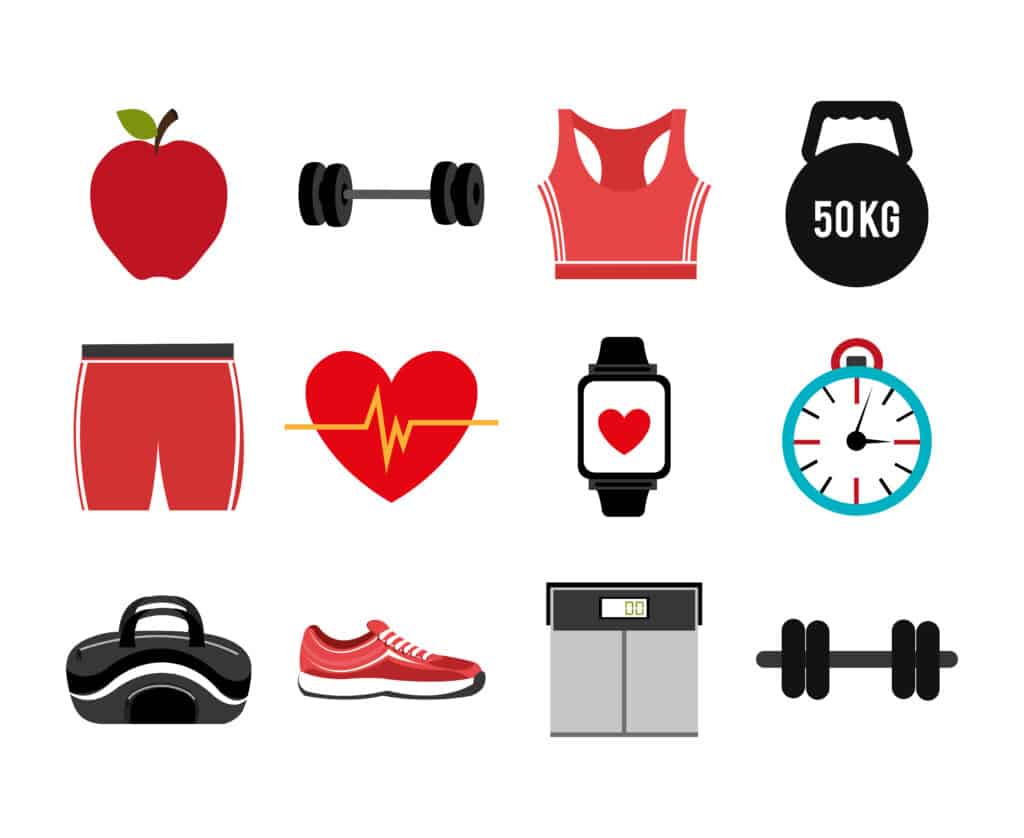Dave Asprey, a New York Times best-selling author and entrepreneur has done his home work on how biohacking can potentially increase longevity. His latest book, Super Human (Harper Wave, 2019), is a fascinating read that explores this topic.
Mitochondria and the Four Killers
The book begins with what Asprey calls the four killers:
- Heart Disease
- Diabetes
- Alzheimer’s
- Cancer
He talks about the current state of each and how inflammation creates ideal circumstances for each of these and that it’s all “stemmed from mitochondrial dysfunction.” Mitochondria are responsible for processing energy from the food we eat. When you add oxygen to the picture, the body produces adenosine triphosphate, known as ATP. In a nutshell, the bodies cells produce energy that is stored in the body until it is needed at a later date. When we’re young this process works well. As we age, the body starts to produce free radicals as a result of the mitochondria not working well.
An Increase Chance of Disease
By not taking care of our body when we’re young, we increase our chances later in life of becoming unhealthy while increasing our risk for disease. Things like minimal exercise, sitting too much, and poor nutrition all contribute to this recipe of disaster. This is why people like Dave Asprey and others are leaning more towards advancing biohacking.
It has been reported that there is a 40 percent chance that a person could be diagnosed with some form of cancer during their lifetime. According to research from the book, if left untouched the other “killers” place the odds at 10 percent risk for getting Alzheimer’s. It does not stop there; there are two more items to worry about, a 23 percent risk of dying from heart disease and a 25 percent risk of becoming a diabetic (later in life). Taking care of yourself, eating healthy, daily exercise and having good genes will decrease your odds.

Biohacking to Minimize the Seven Pillars of Aging
There are specific forms of cellular aging that a person can help potentially minimize by way of biohacking. The following seven pillars constitute the main portion of the book. Here is a brief synopsis of each of them to hopefully offer insight into what areas to start focusing on as you age.
1. Shrinking Tissue
One of the first items discussed in Asprey’s book is loss of muscle tissue through inactivity and aging. A physically inactive person can expect to lose 3-5 percent of their muscle mass after the age of 30. The great news though is regular bouts of strength training will build and preserve the loss of metabolically active, lean muscle tissue. The take away here is keeping your mitochondria healthy as you age will help avoid unnecessary cell loss.
2. Damaged Mitochondria
Damaged mitochondria is a critical by-product of the aging process. Plain and simple. Things get damaged constantly inside the body, especially when free radicals are present. The take away here is to work hard to keep your mitochondria healthy. As a result, you’ll have less inflammation and keep accelerated aging at bay.
3. Senescent Cells
Over time your body gains more and more senescent cells, what the book refers to as “zombie cells.” One of the many side effects of having these cells is the body becomes less respondent to the hormone insulin. When this happens the body becomes insulin resistant and more belly fat, known as visceral fat, deposits around the abdominal area.
4. Extracellular Matrix
The space between your cells contain a network of proteins called – you guessed it – the extracellular matrix. This area is important because it gives tissue its elasticity and offers protection from stress and trauma according to Asprey. Having too much sugar in the body, could lead to stiffening of this matrix. Asprey makes a point that if you want to become Super Human, then reducing blood sugar is not optional.
5. Extracellular Waste Product
As you age, waste products known as extracellular aggregates build up both inside and outside your cells. Over time they build up and form plaques and the short story is you end up with some form of autoimmune disease. About 30 percent of Americans have autoimmune disease and the number is growing.
6. Buildup Inside Cells
The human body contains Lysosomes and they act as a waste disposal removing waste product from your cells. The problem with lysosomes is they can’t remove everything and over time these cells become dysfunctional. The net result is the body can’t control blood sugar levels and this increases your risk of cancer and heart disease.
7. Telomere Shortening
To offer a better understanding of what telomeres look like, think about the ends of your shoelaces, that plastic coating around the tip looks similar to a telomere. An enzyme called telomerase is responsible for maintaining telomeres. Over time, telomeres deteriorate and eventually shorten. Shortened telomeres have been linked with a weakened immune system and a host of diseases like heart disease, cancer, diabetes and osteoporosis. The goal is to keep telomeres long but things like stress has been shown to actually shorten telomeres.
In one study, women with high stress for long periods had shorter telomeres and their life expectancy was a full decade less than women who had minimal stress. Finally, exercise is another way that has been shown to prevent early telomere shortening. Stay consistent with your Jefit workouts!
Final Thoughts
The net takeaways from the book are when specific interventions are followed, they could lead to a longer and healthier lifespan. The goal is to find the best ways to help reduce and manage stress (i.e. yoga, exercise, meditation). Work on eating whole healthy food, avoid fried foods, added sugar, and trans fat. Stay consistent with strength training and cardio exercise each week. Get plenty of sleep and oh yes doing it all for the rest of your life will definitely help your cause!
Stay Strong Together
Jefit, named best strength app by Sports Illustrated, Esquire, GQ, Men’s Health, Greatest, Forbes Health, and many others. It offers a community responsible for 92,000,000 workouts! The app, which recently passed 10 million downloads, comes equipped with a customizable workout planner and training log. The app has ability to track data, offer audio coaching cues, and can share strength and HIIT workouts with friends. Visit our members-only Facebook group. Connect with like-minded people, share tips, and advice to help get closer to reaching your fitness goals.
Jefit was featured as one of the exercise apps in a peer-reviewed paper published in the Journal of Medical Internet Research (2017).
- The New Rules of Strength Training in 2026 - December 24, 2025
- Fibermaxxing: Viral Nutrition Trend You Should Know - December 17, 2025
- Hybrid Metabolic Strength Training for Faster Results - December 10, 2025
